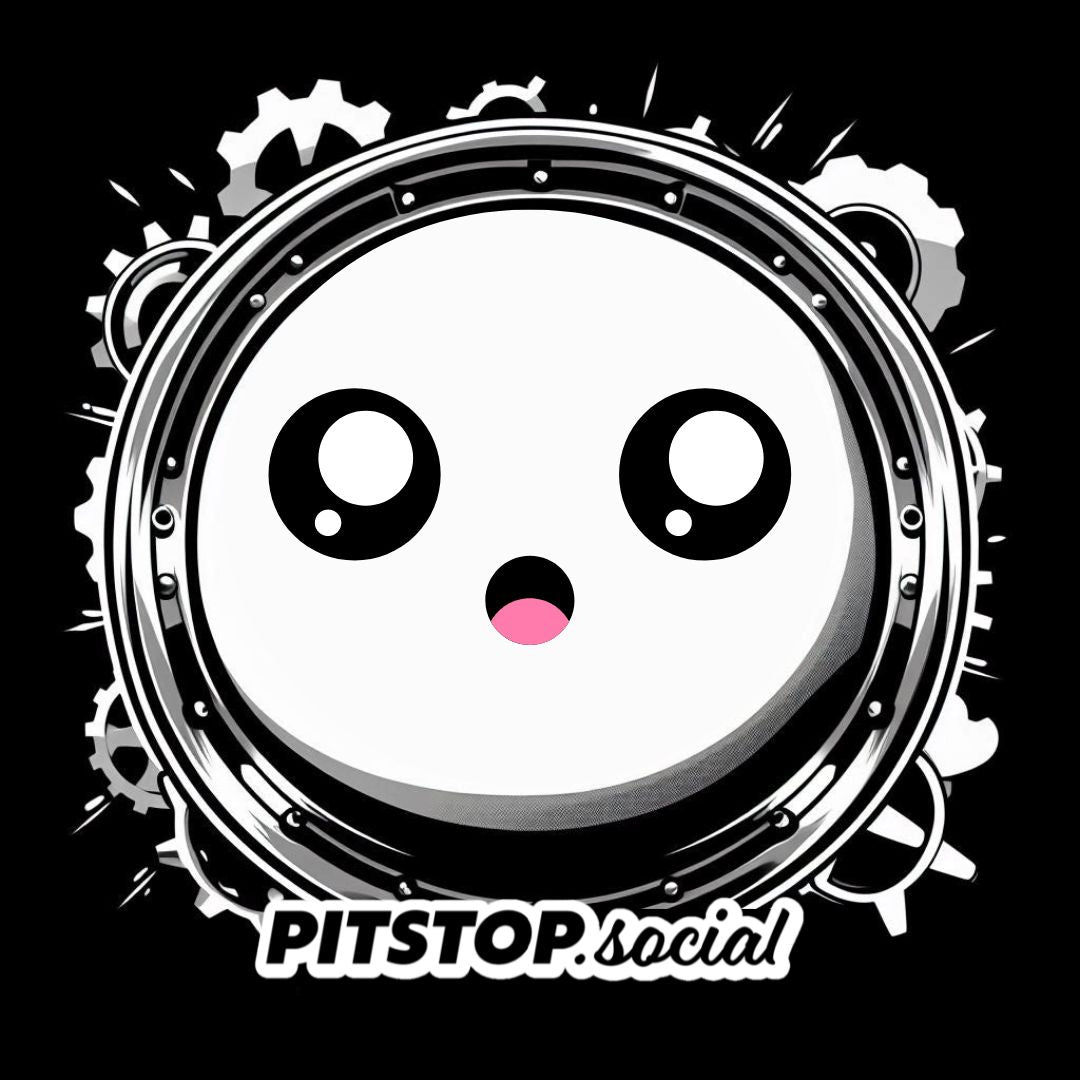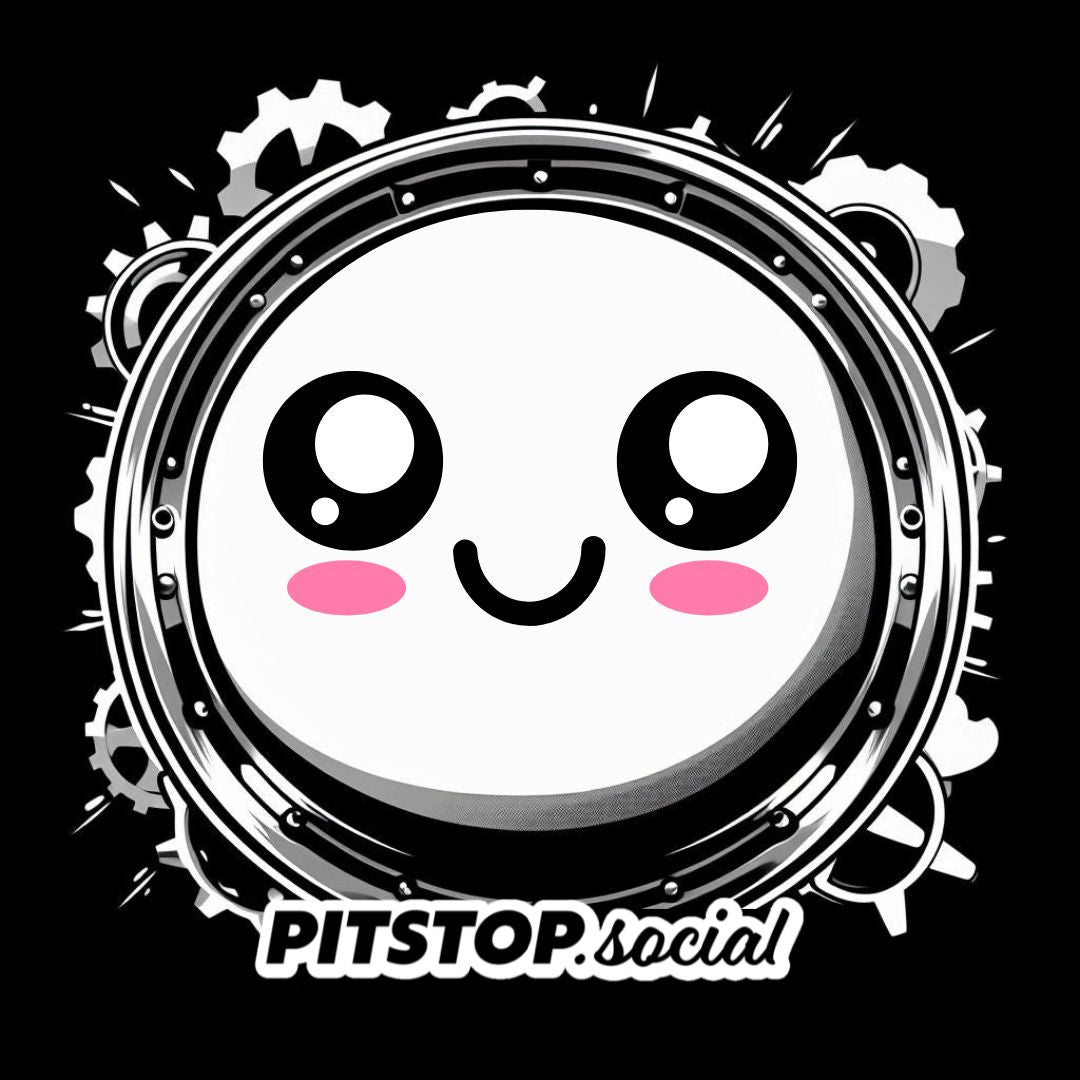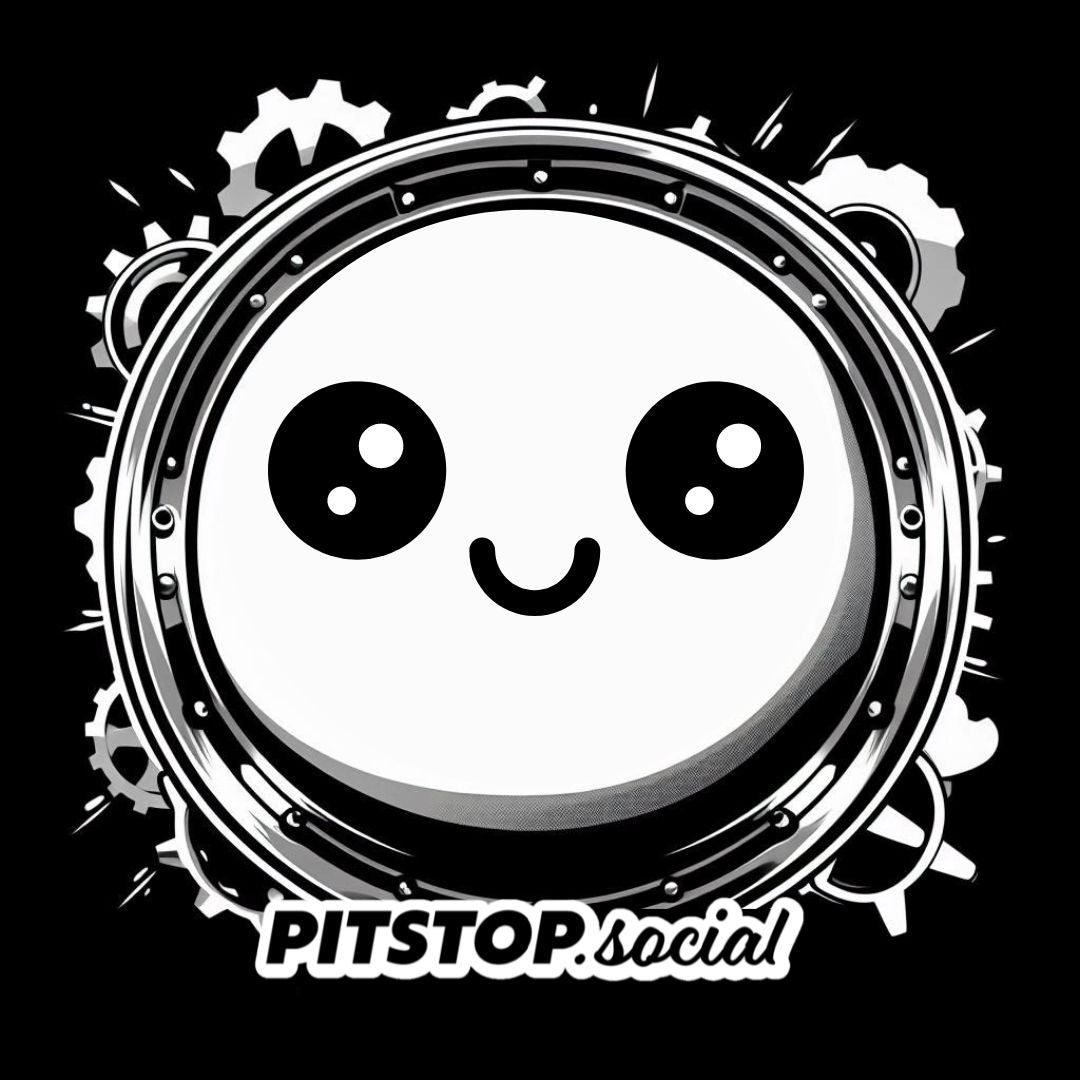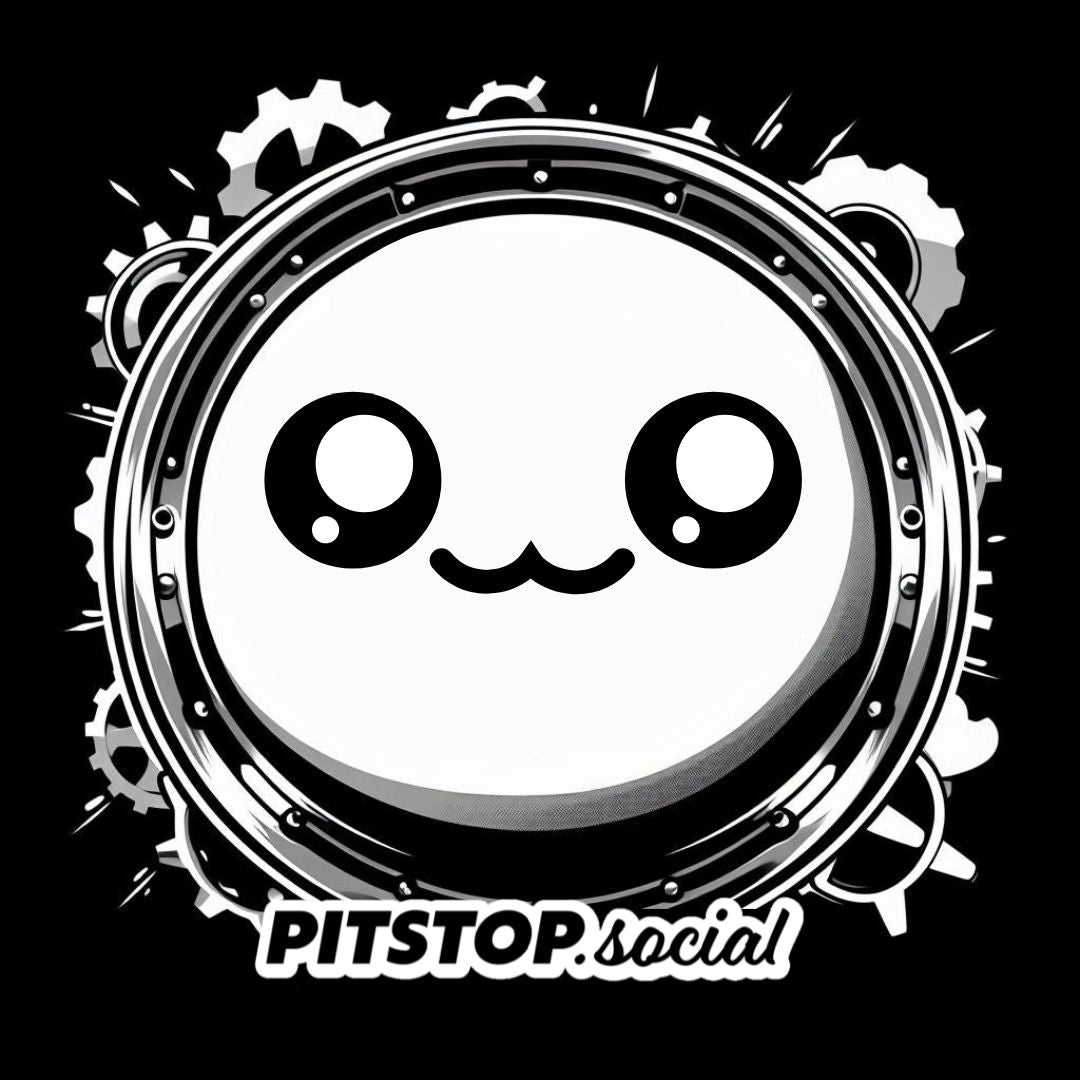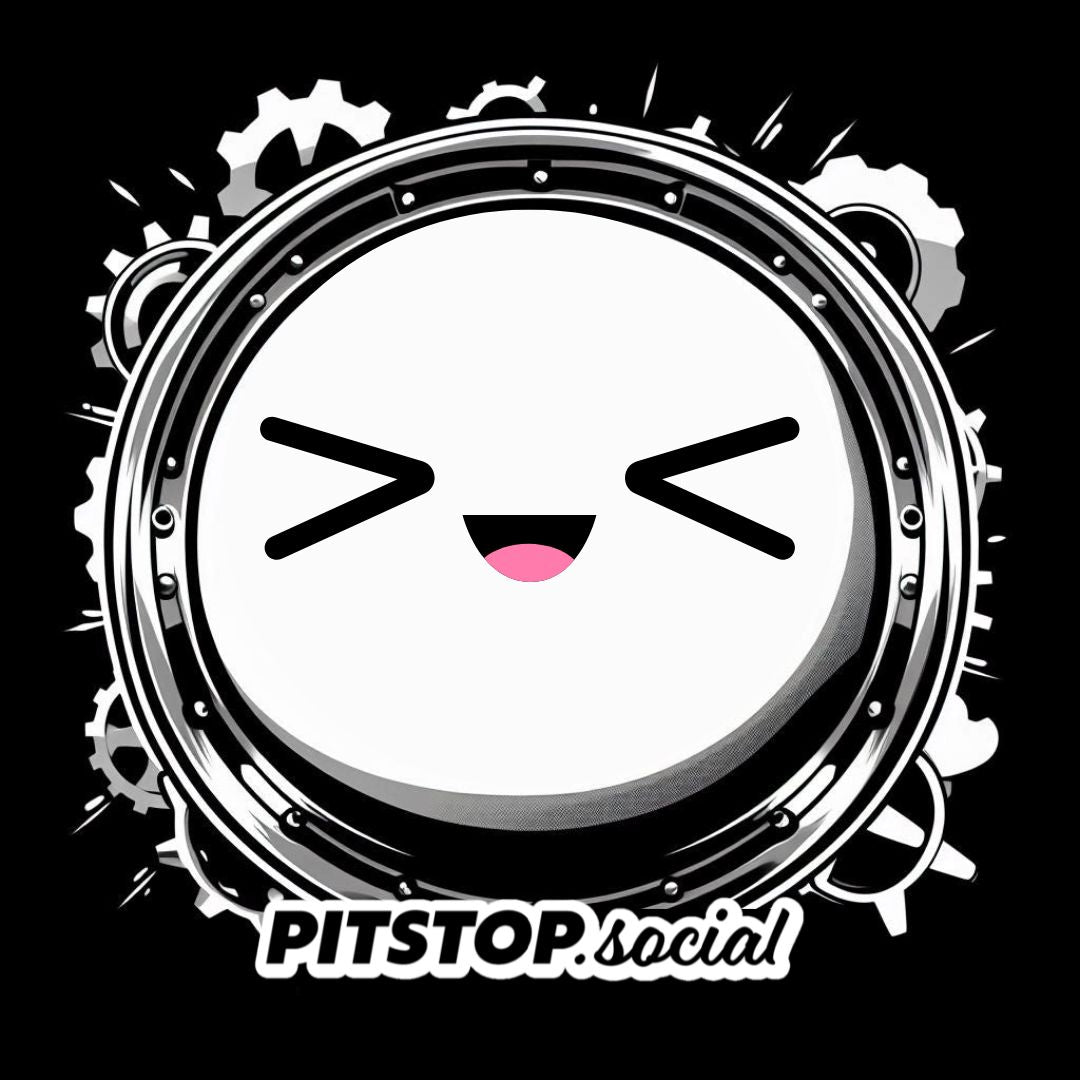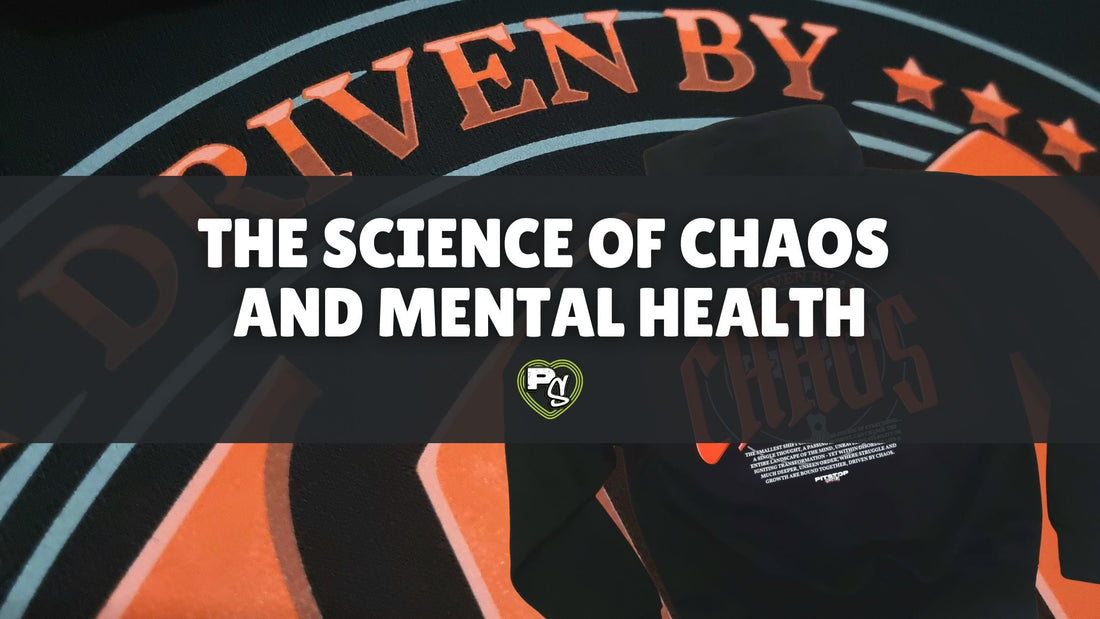
Share
Driven by Chaos - Embracing the Unpredictable Journey
JDMClareThe Science of Chaos: Finding Patterns in Disorder
Chaos, in both a scientific and psychological sense, is often misunderstood. Many assume it means pure randomness, uncontrollable, unpredictable disorder. But chaos theory tells us otherwise. It suggests that within what seems like randomness, there are hidden patterns, interconnectedness, and even a strange form of predictability.
This principle applies to everything from weather systems and traffic flow to stock markets and brain activity. And, perhaps most interestingly, it applies to mental health and human behaviour.
What Is Chaos Theory?
At its core, chaos theory is the study of how small changes in initial conditions can lead to vastly different outcomes - something known as the butterfly effect. A seemingly insignificant action (like a butterfly flapping its wings in one part of the world) can, over time, lead to massive consequences (like a hurricane forming in another).
In everyday life, this concept explains why tiny, unpredictable events - a sudden change in plans, an offhand comment, a moment of self-doubt - can have a cascading effect on our thoughts, emotions, and decisions.
For example:
- A missed alarm might lead to a rushed morning, which increases stress, which then triggers anxiety for the rest of the day.
- A negative comment from someone might linger in the subconscious, affecting confidence in ways that ripple through future interactions.
- A change in routine might seem minor to one person but could cause a mental roadblock for someone with ADHD or autism.
The unpredictability of these events - and the difficulty in controlling their outcomes - is exactly what makes them “chaotic.”
Chaos in the Mind: The Mental Health Connection
The human brain is one of the most complex systems known to science, filled with billions of neurons communicating in intricate, dynamic ways. And just like chaotic systems in physics or nature, the brain follows patterns that are sensitive to small disruptions.
-
Anxiety and Chaos → The anxious mind is constantly anticipating chaos, preparing for worst-case scenarios in an attempt to find control. But this very process creates more internal turbulence, leading to mental paralysis or overcompensation.
-
PTSD and Chaos → Trauma rewires the brain to expect danger, making unpredictable triggers overwhelming. Even seemingly unrelated events can send someone into survival mode, reinforcing a cycle of reactivity.
-
ADHD and Chaos → The ADHD brain thrives on stimulation and novelty but struggles with executive function, making it prone to sudden shifts in focus, impulsivity, and difficulty managing time - creating an internal sense of disorder.
- Autism and Chaos → For many autistic individuals, the world already feels chaotic due to sensory overload and unpredictable social rules. Small disruptions can feel like massive obstacles, making consistency a vital coping mechanism.
Understanding these mental patterns through the lens of chaos theory helps us recognise why certain things affect some people so profoundly - and why finding structure within chaos is key to resilience.
Finding Order Within the Chaos
While chaos theory explains why things can feel unpredictable and overwhelming, it also highlights how we adapt. Just as natural chaotic systems settle into patterns (like weather cycles or heartbeat rhythms), humans find their own ways to navigate disorder.
-
Routine and Rituals → Even in a chaotic world, small rituals (like morning routines, music playlists, or daily habits) create anchor points that bring stability.
-
Creativity and Innovation → Some of the most brilliant minds - especially neurodivergent individuals - thrive on disorder, using chaotic thinking patterns to spark unique ideas and problem-solving approaches.
- Resilience and Adaptation → Every moment of mental turbulence teaches the brain how to adjust, much like a chaotic system settling into new, unexpected patterns.
The truth is, chaos isn’t just something to be feared, it’s something that shapes us. It forces us to grow, to adapt, to become stronger. It’s not about avoiding chaos, but about learning how to drive through it.
Chaos as a Mindset
The idea of being "driven by chaos" doesn’t mean we’re controlled by disorder. It means we recognise that life will always be unpredictable, but we choose to move forward anyway.
It’s about understanding that the mind, like the universe, is complex and ever-changing. And sometimes, within the noise and uncertainty, we find our greatest strengths.
So, rather than resisting chaos - maybe it’s time we embrace it.
DRIVEN BY CHAOS - Box-Fit Hoodie - A Symbol of Strength
Our most recent release isn’t just a hoodie - it’s a representation of that journey. The DRIVEN BY CHAOS Premium Box-Fit Hoodie was designed for those who understand what it means to live in the whirlwind, to navigate unpredictability, to embrace the struggle while still pushing forward.
Why You’ll Love It:
-
Heavyweight, premium fabric – Built for comfort, because the world outside is chaotic enough.
-
Oversized, boxy fit – A relaxed, effortless style that feels like a soft, warm hug when everything else feels overwhelming.
- Subtle but bold design – Because chaos doesn’t need to scream to be felt.
Designed, printed, and packaged in-house, this hoodie isn’t just about being on trend and comfy - it’s about mindset. It’s about owning your chaos, rather than letting it own you. It’s about recognising that even in the disorder, in the noise, in the unpredictability - you are still here. You are still in control of your own story.
So, if you’ve ever felt like your mind moves faster than you can keep up, if you’ve ever struggled to quiet down the noise, if you’ve ever found yourself overwhelmed by the weight of your own thoughts - this is for you.
Own the chaos. Keep driving forward.
Shop the DRIVEN BY CHAOS Premium Box-Fit Hoodie now.





